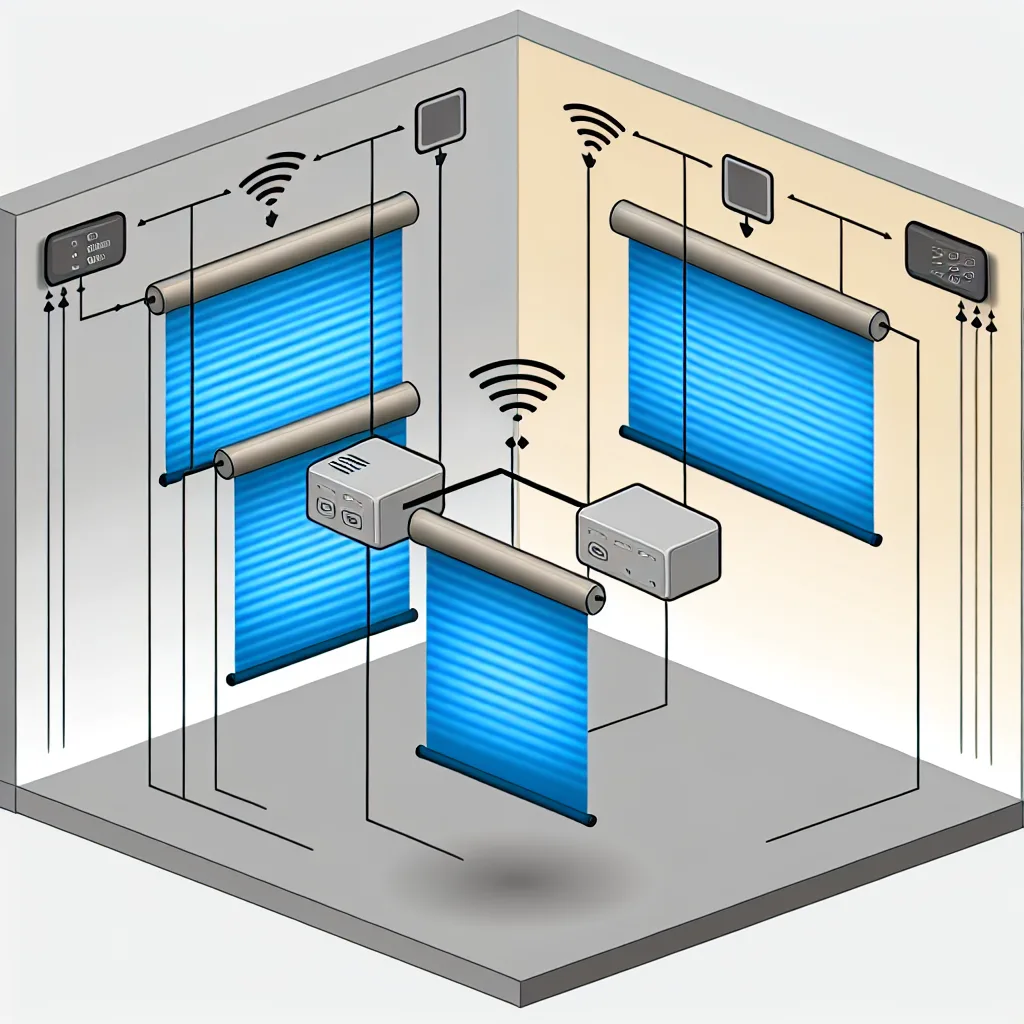Simple tips to improve your Z-Wave scenes and keep your smart shades running smoothly
If you’re automating multiple smart shades using Z-Wave blind relays, you might have noticed it can be a bit tricky to get all the commands working perfectly every time. This is a common issue when trying to optimize Z-Wave network performance, especially if you have a scene that triggers many devices at once. For example, imagine you have 13 shades and one scene that opens them all together if the wind hits a certain speed. Sounds great in theory, but sometimes some shades don’t respond as they should because the network feels slow or overloaded.
Why Z-Wave Networks Can Slow Down
Z-Wave networks operate differently from Wi-Fi. They’re designed to send commands through a mesh of devices, hopping signals around until they reach the target. This makes the network reliable over larger areas but can introduce delays when too many commands are sent simultaneously.
When you open all your shades at once, the network has to handle a burst of commands, which can cause random delays or failures. It’s not about distance in most cases but the network’s capacity to process several requests at a time.
How to Optimize Your Z-Wave Network
One effective way to optimize your Z-Wave network is by splitting your bulk commands into smaller groups or running them with brief delays rather than all at once. The idea is to reduce the traffic jams on your network’s data lanes.
You could try two approaches:
- Bulk commands: Sending all commands simultaneously. This is fast but prone to missed signals if your network gets overwhelmed.
- Divided commands: Breaking down the commands into smaller batches, sent with short pauses between them. This can make your network more reliable and stable.
A little patience goes a long way. You might find that running your scene in small chunks helps all your shades respond consistently.
Healing Your Network Helps, But It Takes Time
When setting up your Z-Wave network, you might notice it’s slow or inconsistent at first. That’s normal. Healing your network—a process that updates routing paths between devices—usually speeds things up. However, your network will generally improve gradually over 24 hours or so as devices communicate and settle into their optimal routes.
So yes, keep healing your Z-Wave network and give it some time after modifications. It should get better with consistent use.
Practical Tips for Better Shade Automation
- Group your shades smartly: Instead of treating 13 shades as one big group, create smaller groups based on their location or function.
- Use delay timers: Implement short delays (like a second or two) between commands to avoid flooding your network.
- Check device placement: Ensure no devices are out of range or blocked, as this can weaken the mesh.
- Regularly heal your network: Most Z-Wave hubs support network healing; run it after adding or moving devices.
- Consider your hub’s capacity: Some hubs handle large networks better than others. If issues persist, research whether your hub is suited for your setup.
Where to Learn More
If you want to dive deeper, official documentation from Z-Wave Alliance Z-Wave Technology is a great start. Also, many Z-Wave hub manufacturers like Samsung SmartThings offer detailed guides on network management.
Optimizing your Z-Wave network can be straightforward once you understand the basics and tweak your scenes accordingly. I hope these tips help you run your smart shades smoothly without delays or missed commands. If you try splitting your scene commands or healing your network more often, you might just get the responsive automation you’ve been hoping for!
